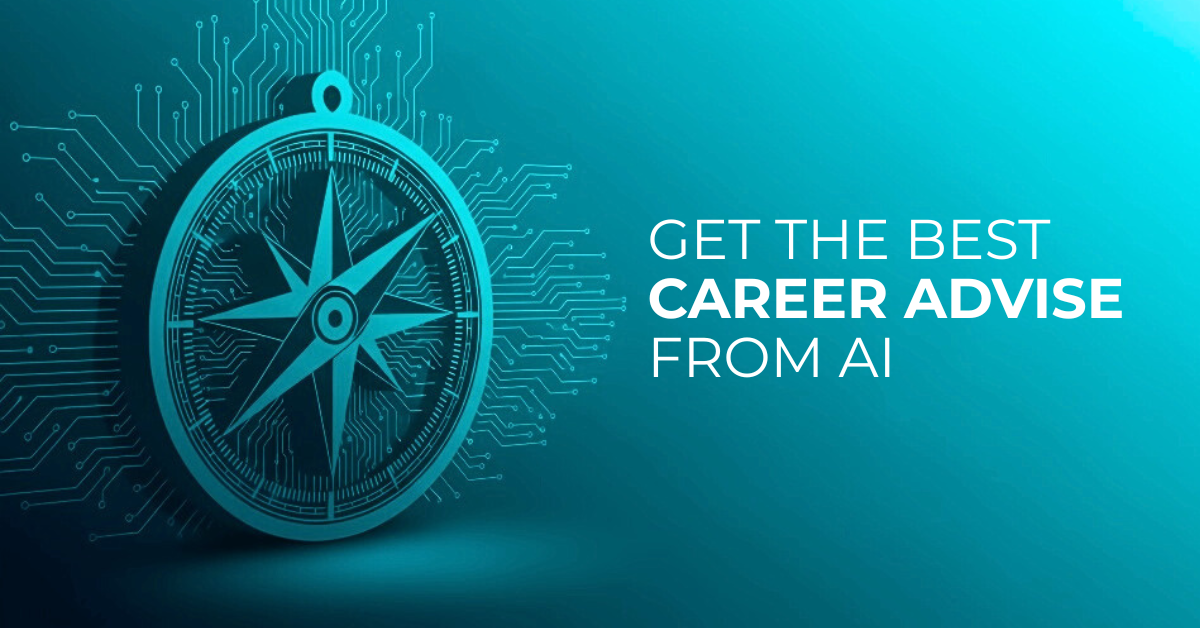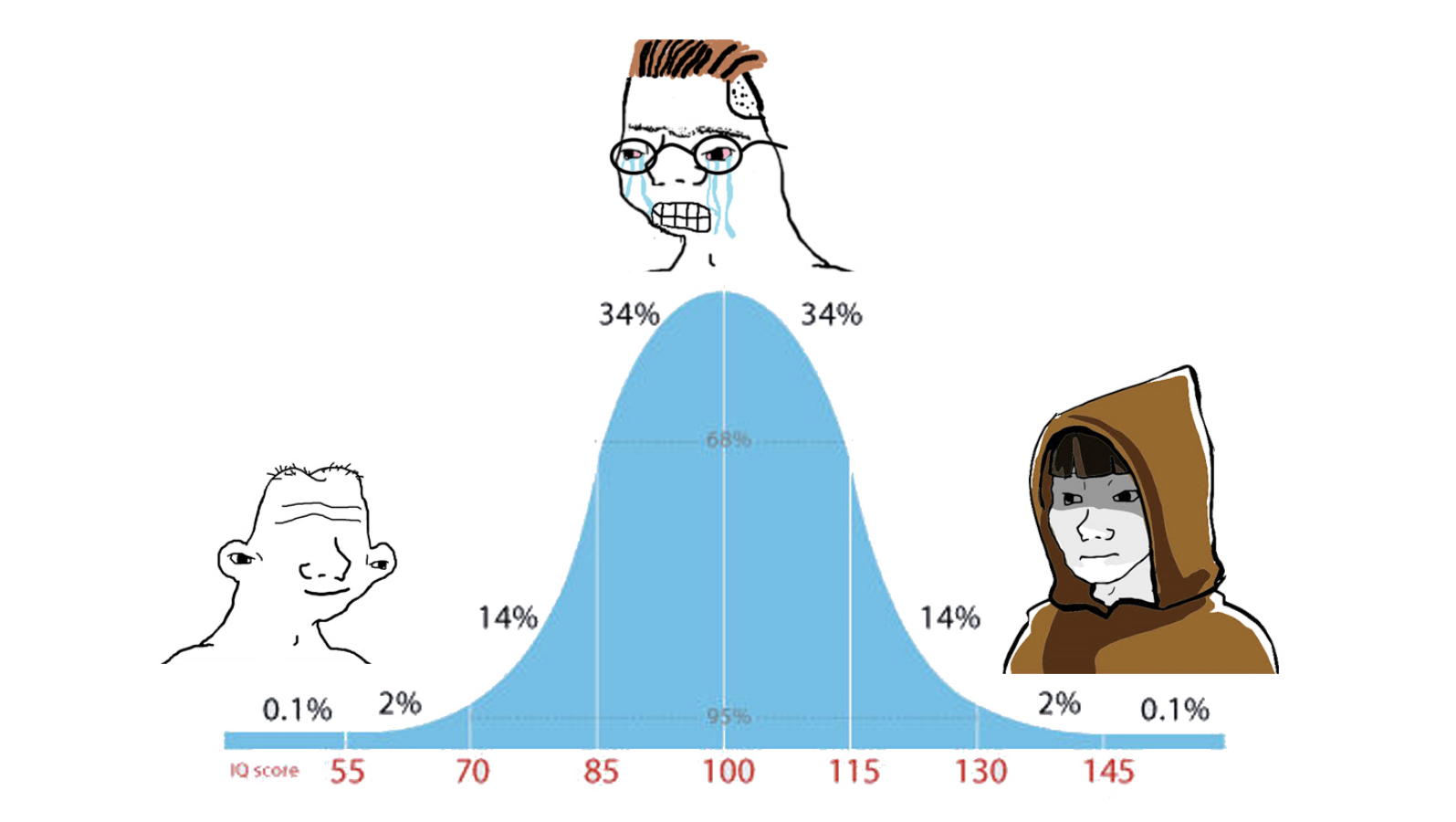How to use AI as a career coach

You can get decent career advice from an AI in less than an hour if you turn it into a personal career consultant.
Let's be clear: an AI won't give you a magic answer or tell you what to do. Its real power is acting as a smart mirror. It’s a tool that can guide you through a structured process of self-reflection, helping you untangle your own thoughts, challenge your assumptions, and see your situation with fresh eyes.
This guide provides a simple, step-by-step framework for this process. We’ve tested it in a few scenarios and results are surprisingly good.
Initial setup and prompt
To get a good result out of this process you need a highly capable large language model. Use a premium model like ChatGPT (with GPT-4.1 or even O3), Claude (Opus), or Gemini Pro (2.5). Reasoning capability and a long context window are a must here.
[Disclaimer] Before you begin, remember that an AI is a flawed tool. Protect your privacy by never sharing proprietary company data or sensitive personal information. Be aware that AI models inherit biases from the internet, so critically evaluate any advice that feels stereotyped or one-sided. Ultimately, the AI is a brainstorming partner, not a fortune-teller. You are responsible for your own career decisions.
The initial prompt should have four distinct parts. Let's break them down!
The Role: Start by assigning a clear and specific persona to the AI. Start with:
Act as a career advisor that specializes in tech and IT roles.
Your Background: This is where you provide the essential context. The more relevant information you provide, the less the AI has to guess. Include things like:
- Years of experience and your primary domain (e.g., backend, data science, cybersecurity).
- Key technologies and programming languages you work with.
- A brief history of your last couple of roles.
- What you enjoy and what you find draining in your work.
You’ll need a few sentences here, but remember that this is a jumping off point, not your biography.
The Goal (and Problem Description): State clearly what you want to achieve. Are you looking for a new job? Do you want to move into management? Are you trying to solve a problem like burnout? Be specific.
The Instructions: You must explicitly control the flow of the conversation. This instruction forces the AI to become an interviewer rather than a premature problem-solver. End with:
To provide me with the best advice possible to achieve my goal, ask me as many questions as needed. Ask me one relevant question at a time to build a comprehensive understanding of my situation before you give me any recommendations.
We’ve gathered some examples in this document.
Common pitfalls
Your AI advisor will begin asking questions immediately. Most of them should be relevant, but AI will be AI, so there will be some problems. Here are a few of them:
AI Gets Lost in the Weeds
This is one of the most common ways a session can go off track. You’ll be trying to discuss your high-level, five-year career vision, and the AI will suddenly dive into an inappropriate level of detail, asking something like, "Could you tell me more about the format of your CV?" or "What was the most difficult question in your last job interview?"
You need to be the pilot and pull the conversation back up to the correct altitude. Reiterate the strategic frame of your goal. A firm, clear correction works best: "That's not relevant right now. I need us to stay focused on the high-level, 5-year vision. Remember the goal." or something like that.
The “Midwit” trap

This is the flip side of getting lost in the weeds. Instead of asking a single, focused question, the AI might ignore your instructions and dump a huge, detailed, multi-point plan it thinks you want - and 5% would be relevant to your situation if you are lucky.
It’s usually the context problem, remember AI might not “know” what you mean or for sure is not aware of every detail of your professional life. If there are some details that AI obviously missed, just describe them. Regardless, remind it of the goal and the process.
[Actually this is an AI-assisted article, meaning we use AI to convert our message to article form and we had this very issue with this paragraph. AI was not able to process what “midwit” means in this context, and when it finally did it just dumped a wall of text at us :P]
AI misinterprets your answer
As you answer more questions AI will start to build some kind of understanding of your situation, judging your answers to some degree. Sometimes it just misses the point of your answer completely.
In such a case just correct it first and answer the question it asked if it was relevant.
When the AI Hits a Nerve
Sooner or later, the AI will say something that irritates you. Lacking any social awareness, it might ask a blunt question that feels naive, dumb, ignorant given the context you’ve provided to it. It’s not a bug, it’s a feature.
This is the hidden gem of the entire exercise. This is an opportunity to self-reflect. Pause and ask yourself: Why did that specific question bother me? What belief did it challenge? What insecurity did it touch upon? The AI is a machine; it can't "get" you. Your emotional reaction gives you insight on your mindset. Analyzing and understanding it is a big asset.
The result
This is your time and your session. How you use it is up to you. You can treat it as a form of "sudo-therapy," a space to vent frustrations and process your thoughts about your career. You might use it simply to get a second opinion on a specific choice you're considering. Or you can follow the process through to its conclusion and emerge with a clear, actionable plan. Regardless of your approach, the session ends with a transfer of responsibility: it is now entirely up to you to do something with what you have learned.
This question-based method is a versatile tool that you can adapt for many other professional challenges. You can use it to conduct a post-mortem on your performance in a recent job interview, asking the AI to probe for weak spots in your answers. Use it to prepare for a difficult conversation with your manager about a promotion or a change in your role. By changing the AI's role and your goal in the initial prompt, you can find many uses of that technique.
